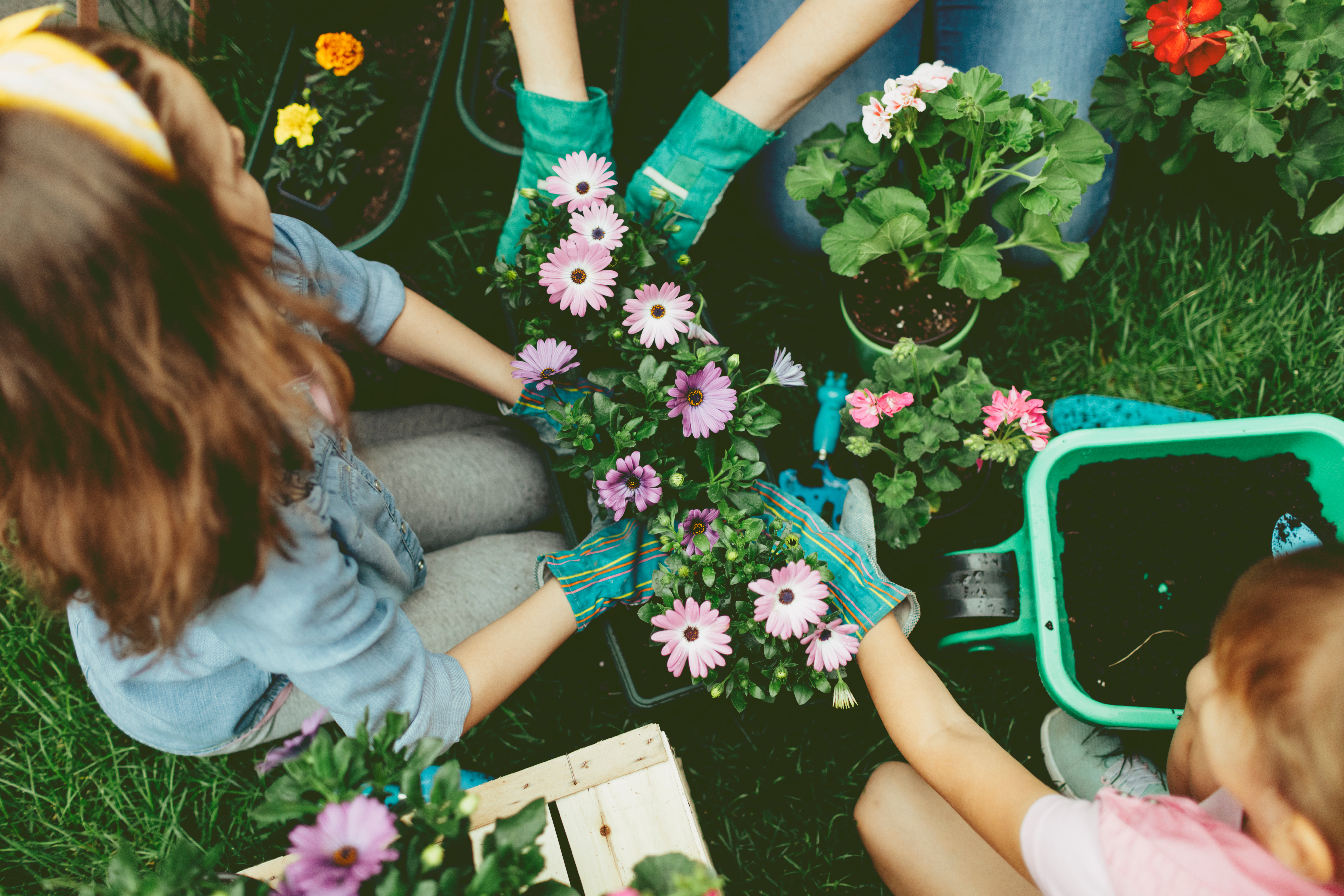There’s nothing like cooking with homegrown ingredients, and your children will love getting their hands dirty in your very own veggie patch. TV presenter and author Melissa King reveals the best winter ingredients to plant this season.
You don’t need to be born with a green thumb to cultivate an impressive home garden – at least, that’s what Melissa tells us. And with her own book, roles on TV shows like ‘Gardening Australia’, ‘Better Homes and Gardens’, ‘The Circle’ and ‘The Garden Gurus,’ and even a degree in horticulture under her (tool) belt, we tend to believe her.
“From herbs to fruits and even vegetables, you really can have it all when it comes to having an edible garden,” says Melissa. “These days, you can grow everything from peaches and cherries to cabbages and cauliflower, no matter how small your backyard is.”
Melissa recommends dwarf plants – plants that produce full-size fruits and vegetables, but only grow to about 1.5m tall. Dwarf plants will thrive in a large container in a sunny spot with a good quality potting mix.
For fruit, Melissa suggests going for the Lots a’ Lemon variety of lemon trees, or the Trixzie fruit trees that offer peaches, nectarines, cherries and even pears. When it comes to veggies, leafy greens are your best bet – particularly for beginners. Go for lettuces and silver beets, or cauliflower, broccoli and cabbage in these cooler months. Loose leaf lettuces in particular are often called ‘cut and come again’ plants, because you can just take the outside leaves and the plant will keep on growing. It’s like having a salad bar in your backyard, Melissa says.
And the good news is that, the smaller your garden, the more opportunity to change things up seasonally. While there are a few ‘perennial’ edible plants that grow all year round, like asparagus, rhubarb, some citrus fruit trees and even olives, Melissa suggests trying new variations throughout the year.
“Get creative with the layout of your garden, by grouping your herbs by theme or cuisine, for example,” says Melissa. “You could have all of your Mediterranean plants – like oregano, basil, rosemary and marjoram – or your Asian herbs – like chives and curry plants – in large, coloured pots.”
So, the all-important question remains: how long do we have to wait to taste the (literal) fruits of our labour?
“It all depends on the crop – there’s not really one answer,” says Melissa. “For slower growing plants like broccoli you could wait around 10 weeks, but for lettuce and other fast-growing plants, it could be just five weeks.”
But if one thing is for sure, it’s that planting an edible garden is a long-term investment that the kids will love, and with seriously tasty results!

